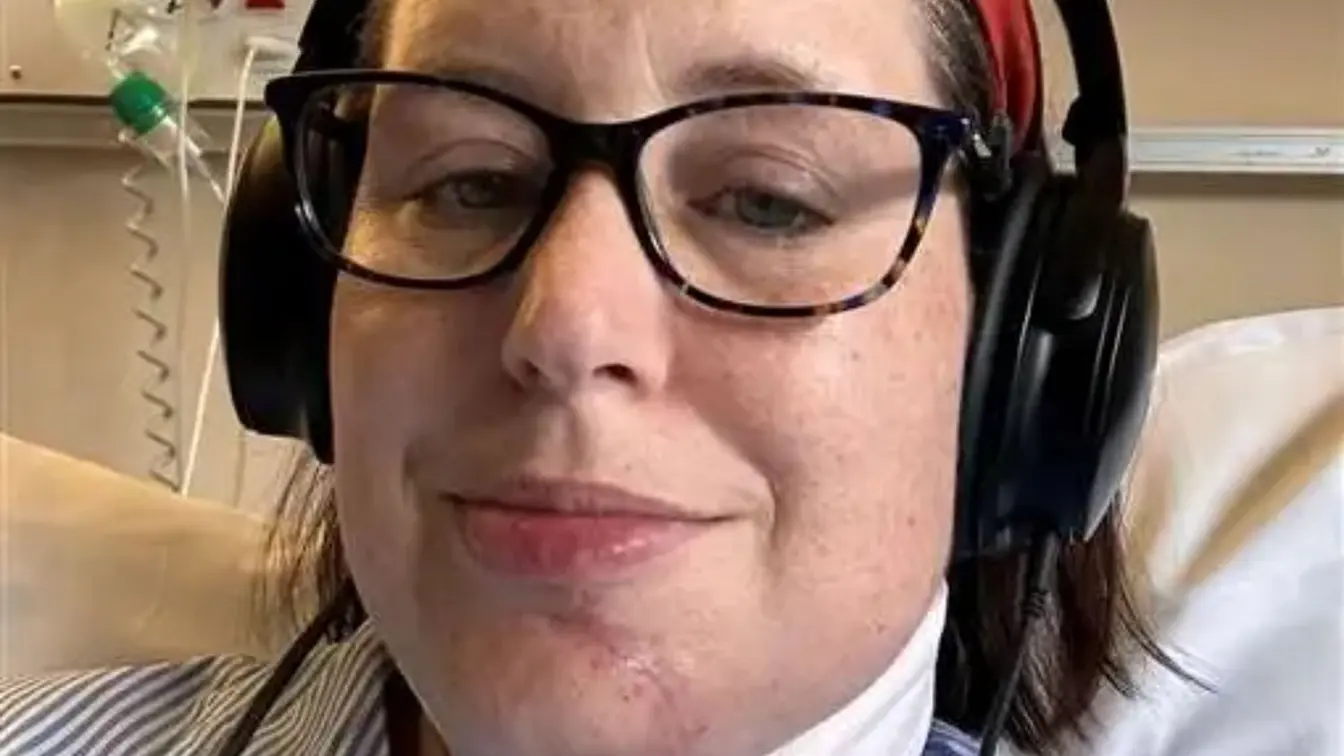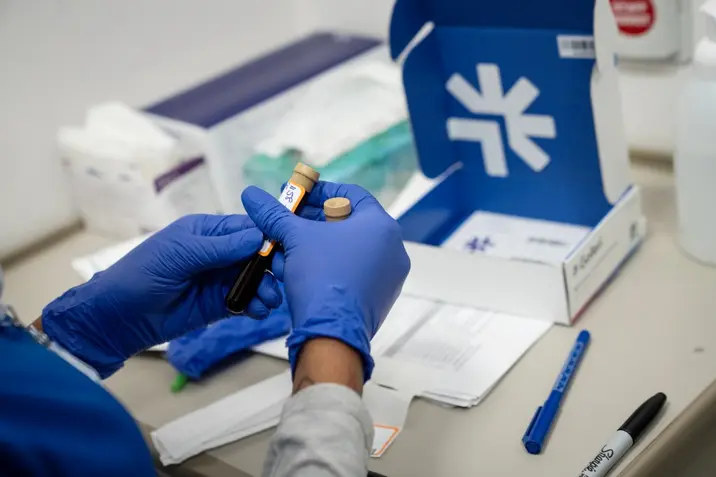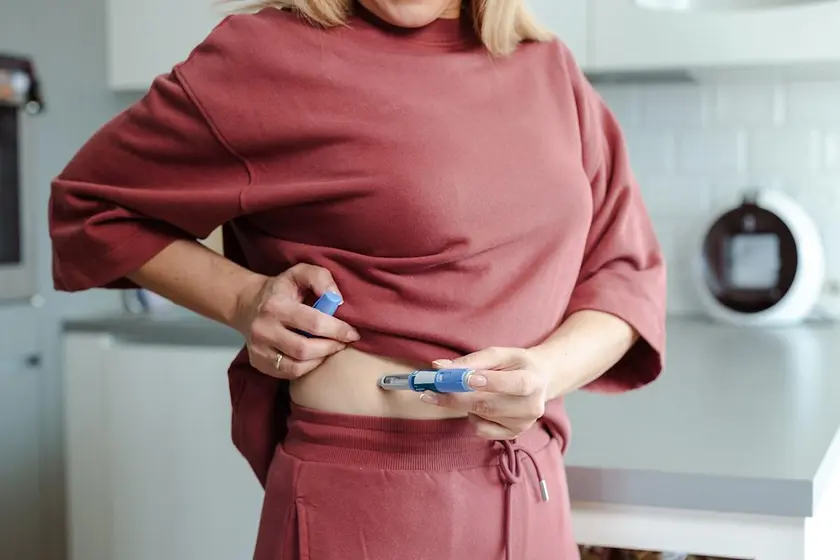T4K3.news
Oura ring signals cancer months before doctors diagnose
A wearable device helped trigger a cancer diagnosis months before traditional tests confirmed Hodgkin lymphoma. Learn how wearables fit into medical care.

Casey Cattie credits her wearable ring with alerting her to Hodgkin lymphoma before medical tests confirmed it.
Oura ring signals cancer months before doctors diagnose
In April last year Casey Cattie began waking up soaked in sweat with no clear reason. She wore an Oura Ring to bed and checked the data each morning. The ring flagged overnight temperature spikes and other signs of illness, though her initial bloodwork was normal. She visited several doctors over months, including a hematologist oncologist, but no cancer was found.
Eight months after the ring first warned her, while on a birthday trip to Iceland, she felt breathless and was diagnosed with cancer after scans showed a pleural effusion and enlarged lymph nodes. A PET scan lit up, confirming Stage 4 Hodgkin lymphoma. She began chemotherapy and immunotherapy every two weeks and says the ring still signals when she is unwell after treatment.
Key Takeaways
"If you have a gut feeling something is wrong, you need to trust that gut feeling"
Casey on listening to intuition during the diagnostic journey
"I went eight months with doctors who missed my diagnosis"
Casey describing the delay in diagnosis
"I was seeing all these fevers but nothing else"
Casey on ring alerts
"The ring kept warning me that my temperature was spiking overnight"
Observation of wearable data signaling illness
The case shows how wearables can act as an early warning system. They can prompt people to seek care sooner, potentially catching serious conditions that routine tests miss. But they cannot replace medical evaluation or definitive tests.
There is a risk of overreliance on devices and of doctors dismissing patient concerns when data from wearables contradicts symptoms. This story suggests a shift toward patient driven data in healthcare, but it also calls for clear guidelines on how to incorporate such signals into care.
Highlights
- Gut feelings don't wait for lab results
- A ring warned me when doctors were slow
- Wearables warn but they dont diagnose
- Trust data but trust people more
Wearable data and medical diagnosis pose access and interpretation risks
The case illustrates how consumer wearables can prompt earlier health review, yet cost and access issues can delay care and raise questions about reliability in medical decision making. Medical teams also face the challenge of translating wearable signals into action without overburdening patients.
As wearables become more common, clinicians and patients will need clear paths from alert to action.
Enjoyed this? Let your friends know!
Related News

Vaginal rejuvenation treatment raises concerns

Victoria Collins diagnosed with stage three bowel cancer at 40

GP delays leave patient with months to live

Rush begins offering new cancer detection blood test

New studies explore sunlight benefits for health

Cancer signs in a young patient

Pauline Cox diagnosed with incurable kidney cancer

Persistent sore throats may signal serious health risks
